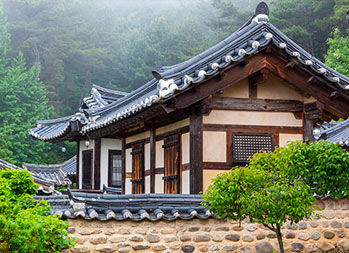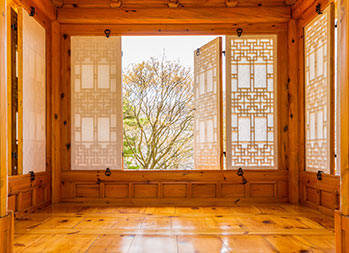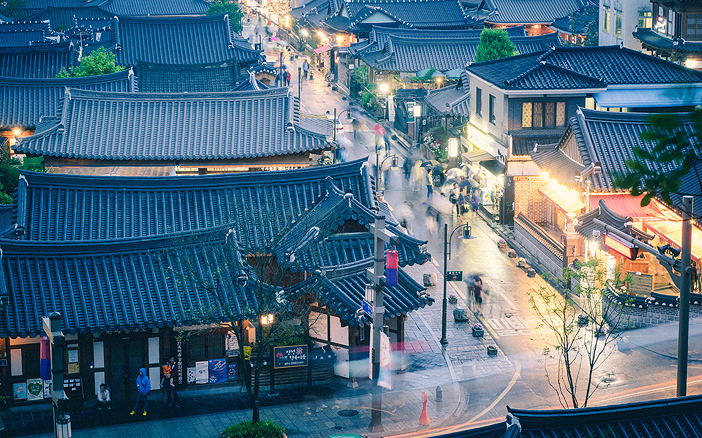 【 Photo: Jeonju Hanok Village 】
【 Photo: Jeonju Hanok Village 】Hanok refers to houses built in the traditional Korean style. While tile-roofed and thatch-roofed hanoks were equally common, the former were typically noblemen residences while the latter were mostly houses of the commoners in the past. These days, most traditional hanok that are still used for housing have modern facilities installed within.
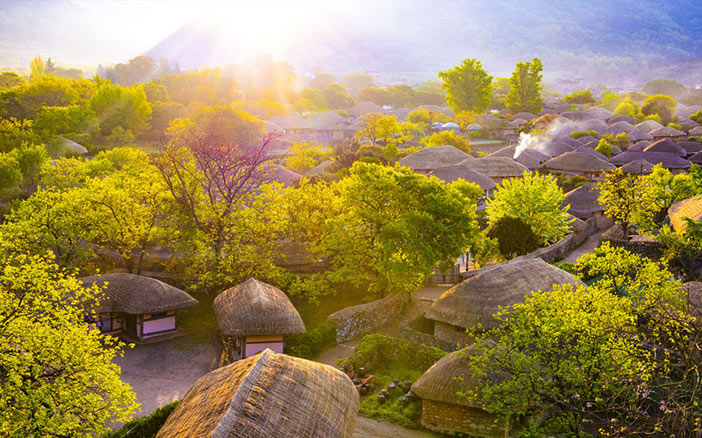 【 Photo: Thatch-roofed houses at Suncheon Naganeupseong Walled Town 】
【 Photo: Thatch-roofed houses at Suncheon Naganeupseong Walled Town 】There are two main charms to hanoks. The first is the unique heating system of ondol. A layer of stone is laid down below the flooring and when heated, the heat spreads up into every room of the house, keeping both the floor and the air surprisingly warm in winter.
The second attractive point to hanok houses is that they are environmentally friendly. The materials needed to build a hanok house are free from chemicals, making it a healthy environment. The pillars, rafters, doors, window frames, and floor are wooden, while the walls are a mixture of straw and dirt. The paper to cover the frames of doors and windows was made from tree pulp. As the building materials used are all natural, hanok houses have excellent breathability, perfect for escaping the summer heat.
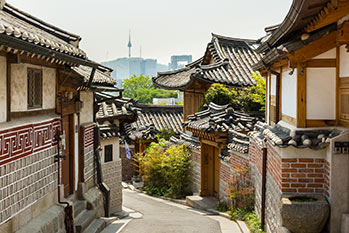 【 Photo: Bukchon Hanok Village 】
【 Photo: Bukchon Hanok Village 】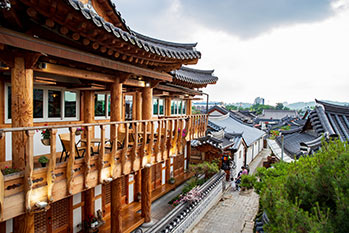 【 Photo: Jeonju Hanok Village 】
【 Photo: Jeonju Hanok Village 】
Experience the traditional culture for yourself through the many hanok villages in Korea, including Jeonju Hanok Village, Andong Hahoe Village, Bukchon Hanok Village, Namsangol Hanok Village and Naganeupseong Walled Town.
This page was last updated on September 7, 2021, and therefore information may differ from what is presented here.

